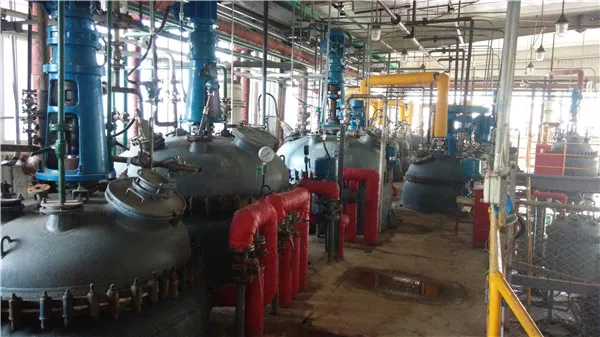Water treatment is a critical process that ensures the water we consume is safe and clean, free from harmful contaminants and pathogens. Various chemicals are employed in this process, each serving a specific purpose. In this article, we will explore the chemicals commonly used in water treatment and their functions.
One of the primary chemicals used in water treatment is chlorine. Chlorine is a powerful disinfectant that effectively kills bacteria, viruses, and other microorganisms present in water. When added to water, chlorine forms hypochlorous acid, which penetrates the cell walls of pathogens, leading to their destruction. This chemical is widely used in municipal water supplies due to its effectiveness and relatively low cost. However, it is essential to manage chlorine levels carefully, as excessive chlorine can produce harmful byproducts known as trihalomethanes (THMs), which are linked to various health concerns.
Water treatment is a critical process that ensures the water we consume is safe and clean, free from harmful contaminants and pathogens. Various chemicals are employed in this process, each serving a specific purpose. In this article, we will explore the chemicals commonly used in water treatment and their functions.
Lime is also a significant chemical in water treatment. It serves multiple purposes, including softening hard water, adjusting pH levels, and precipitating unwanted metals like lead and copper. The addition of lime increases the alkalinity of water, which helps stabilize the pH levels. This is important because a balanced pH prevents corrosion of pipes and ensures that the water is safe for distribution.
what chemical is used for water treatment

Another chemical widely utilized in water treatment is sodium hydroxide, which is also known as caustic soda. Sodium hydroxide is primarily used to raise the pH of acidic water, making it less corrosive. Proper pH management is essential in preventing damage to pipes and infrastructure, making sodium hydroxide a crucial component in the treatment process.
Chloramines, formed by combining ammonia with chlorine, are another disinfection method used in water treatment. Chloramines are less volatile than chlorine and provide a longer-lasting residual disinfectant effect in the water distribution system. This makes chloramines advantageous in preventing microbial regrowth in pipes and ensuring the safety of drinking water over longer distances.
Ozone is an increasingly popular alternative to traditional chlorine disinfection. It is a powerful oxidant that can effectively eliminate bacteria, viruses, and organic compounds in water. Ozone treatment does not produce harmful chlorinated byproducts, making it an environmentally friendly option. However, ozone must be generated on-site and has a brief half-life in water, necessitating careful control and monitoring of the treatment process.
In conclusion, a combination of chemicals is essential for effective water treatment. From disinfectants like chlorine and chloramines to coagulants like alum and ferric chloride, each chemical plays a vital role in ensuring clean and safe water. The careful management of these chemicals is crucial to protect public health and maintain the quality of our water supply. As technology advances, more innovative and sustainable methods of water treatment are likely to emerge, leading to even safer drinking water for communities around the world.

